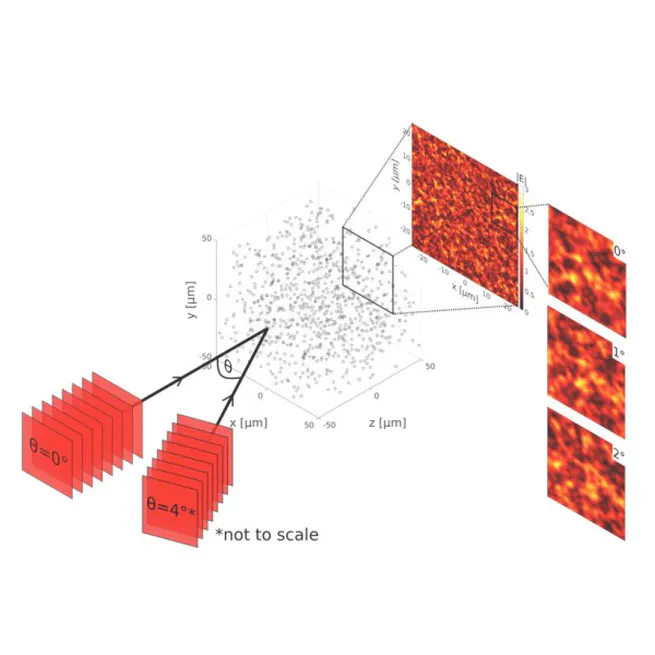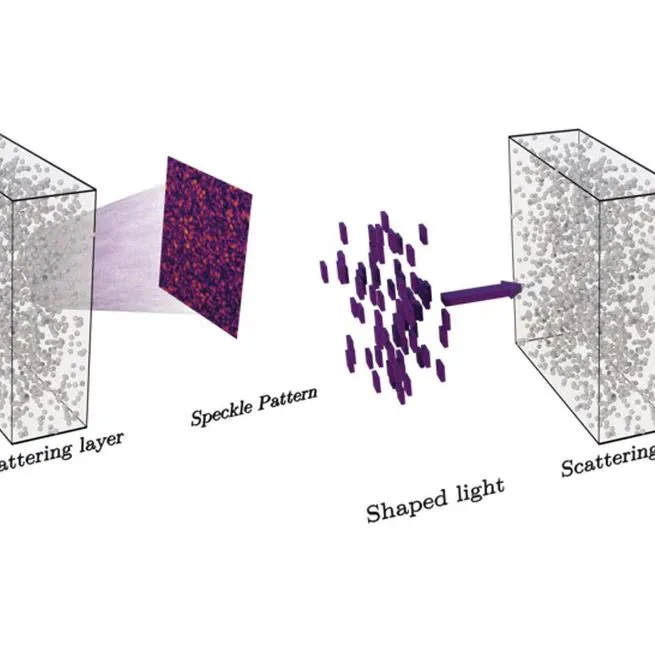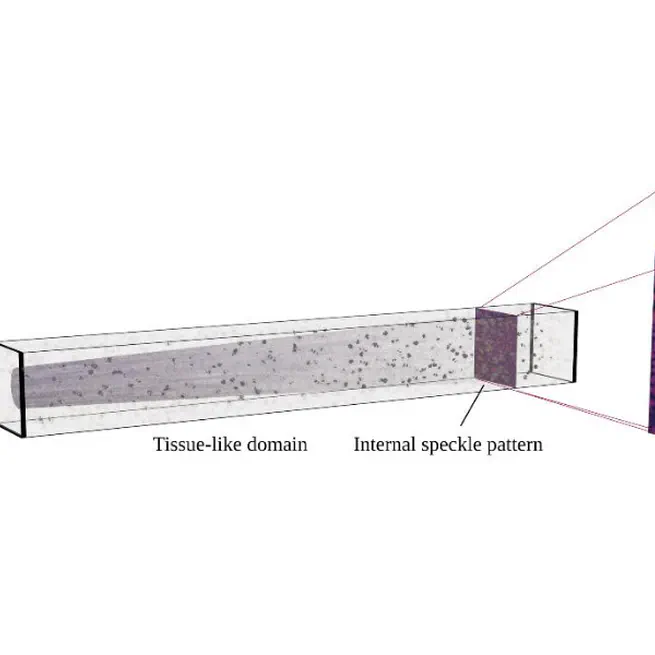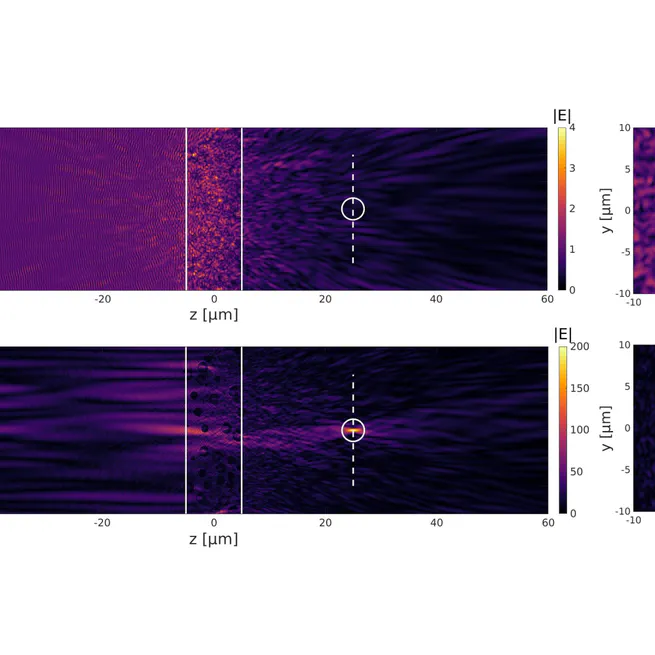
Wavefront shaping could enable focussing light deep inside scattering media, increasing the depth and resolution of imaging techniques like optical microscopy and optical coherence tomography. However, factors like rapid decorrelation times due to microscale motion and thermal variation make focusing in living tissue difficult. A way to ease the requirements could be exploiting prior information provided by memory effects. For example, this might allow partially or wholly scanning a focus. To study this and related ideas, a computational model was developed to simulate the generation and correlations of foci formed by WFS in scattering media. Predictions of the angular memory range were consistent with experimental observations. Furthermore, correlations observed between optical phase maps required to focus at different positions suggested correlation-based priors might enable accelerated focussing. This work could pave the way to faster optical focussing and thus deeper imaging in living tissue.
Jun, 2023

We couple the T-matrix method with a discrete particle representation of turbid media to simulate the focusing light through a highly scattering titanium dioxide phantom. We have used our method to simulate wavefront shaping with full phase modulation using a stepwise sequential algorithm, and have generated multiple foci and compared their enhancement against theory. Our computationally efficient, yet physically realistic technique, allows researchers to resolve both amplitude and phase information at arbitrary locations inside and outside bespoke scattering media.
Mar, 2023

Photoacoustic (PA) wavefront shaping (WFS; PAWS) could allow focusing light deep in living tissue, increasing the penetration depth of biomedical optics techniques. PAWS experiments have demonstrated focusing light through rigid scattering media. However, focusing deep in tissue is significantly more challenging. To examine the scale of this challenge, a computational model of the propagation of coherent light in tissue was developed to simulate the focusing of light via PAWS. To demonstrate the model, it was used to simulate focusing in an 800 µm thick tissue-like medium. To show the utility of the model, the focusing was repeated in different conditions illustrative of simplified PAWS experiments involving different spatial resolutions. As expected, a finer spatial resolution led to a brighter focus. By providing a simulation platform for studying PAWS, this work could pave the way to developing systems that can focus light in tissue.
Mar, 2023

We simulate wavefront shaping through a TiO2 phantom and a discrete particle representation of biological tissue using the T-matrix and angular spectrum methods. Our method is 10× faster to compute than the pseudospectral time-domain method.
Apr, 2022